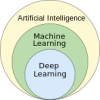This week’s full moon happens only once every 3 years0
- From Around the Web, Space
- September 2, 2020
September’s full moon sets the stage for a Halloween blue moon.

September’s full moon sets the stage for a Halloween blue moon.
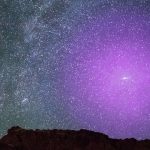
Weirdly, the biggest part of a galaxy is the hardest thing to see in it.
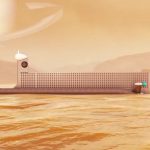
The sub could be ready to launch in the 2030s, researchers said.
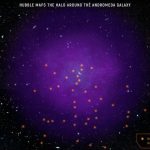
In a landmark study, scientists using NASA’s Hubble Space Telescope have mapped the immense envelope of gas, called a halo, surrounding the Andromeda galaxy, our nearest large galactic neighbor. Scientists were surprised to find that this tenuous, nearly invisible halo of diffuse plasma extends 1.3 million light-years from the galaxy — about halfway to our Milky Way — and as far as 2 million light-years in some directions. This means that Andromeda’s halo is already bumping into the halo of our own galaxy.
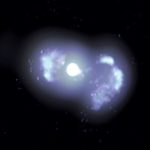
Around five years ago, NASA’s Fermi Gamma-ray Space Telescope detected high-energy gamma rays coming from TXS 0128+554, an elliptical galaxy located some 500 million light-years away in the constellation of Cassiopeia. Purdue University’ Professor Matthew Lister and colleagues have since taken a closer look using NSF’s Very Long Baseline Array (VLBA) and NASA’s Chandra X-ray Observatory.
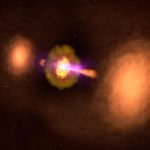
Now we just need to find a galaxy shaped like an X-wing fighter.
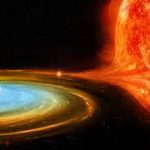
White dwarfs are some of the strangest objects in the universe.
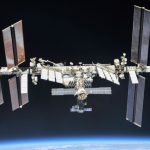
Dead outer microbes protect inner ones in clumps attached to the International Space Station
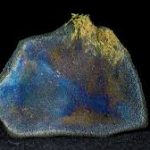
It’s a good time to be a Costa Rican meteorite-hunter.
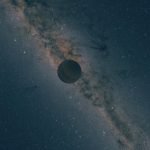
Free-floating, or rogue, exoplanets — free-floating planetary-mass objects that do not orbit a star and instead travel through space — could be surprisingly common in our Milky Way Galaxy; and NASA’s upcoming Nancy Grace Roman Space Telescope (Roman) will detect at least 250 such free-floating planets with masses down to that of Mars, according to a new paper published in the Astronomical Journal.


